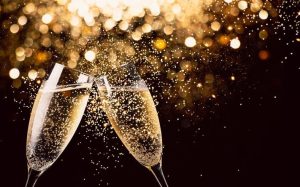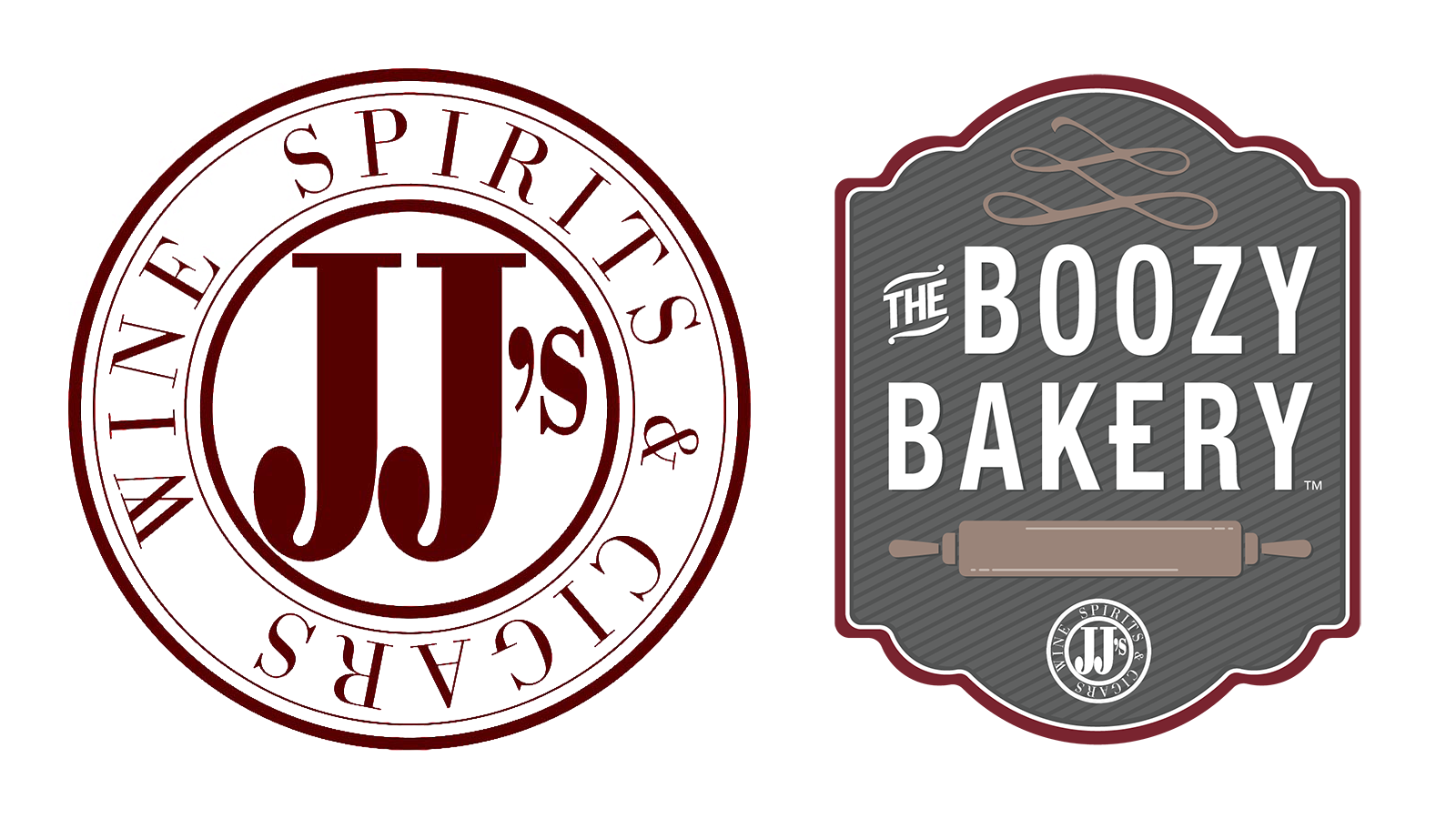The Origins:
Champagne, the jewel in the crown of sparkling wines, hails from the Champagne region in northeastern France. The story goes that Dom Pérignon, a monk at the Abbey of Hautvillers, accidentally discovered the effervescence we now associate with champagne in the 17th century. Initially, the bubbles were considered a flaw, but over time, they became the hallmark of this luxurious libation.
The Production Process:
 The magic of champagne and sparkling wine lies in the meticulous production process. While various sparkling wines are produced worldwide, only those crafted in the Champagne region can officially be called “Champagne.” The traditional method, also known as the méthode champenoise, involves a secondary fermentation that occurs in the bottle, creating those delightful bubbles.
The magic of champagne and sparkling wine lies in the meticulous production process. While various sparkling wines are produced worldwide, only those crafted in the Champagne region can officially be called “Champagne.” The traditional method, also known as the méthode champenoise, involves a secondary fermentation that occurs in the bottle, creating those delightful bubbles.
The process begins with the base wine, followed by the addition of a mixture of sugar and yeast, known as the liqueur de tirage. This concoction triggers the second fermentation, leading to the creation of carbon dioxide, which gets trapped in the bottle. The bottles are then aged on their lees (sediment) to develop complex flavors. Finally, the sediment is removed, and a dosage of wine and sugar is added to determine the level of sweetness.
Varieties of Sparkling Wines:
Champagne may be the most famous, but the world of sparkling wine is vast and diverse. Prosecco, hailing from Italy, is known for its light and fruity character, while Spain offers Cava, often crisp and refreshing. New World regions, including California and Australia, have also made a mark with their sparkling creations, offering unique expressions of this effervescent elixir.
Celebrations and Traditions:
Champagne and sparkling wine are synonymous with celebrations. Whether it’s toasting to a wedding, a promotion, or the stroke of midnight on New Year’s Eve, these beverages have become an integral part of our most joyous occasions. The sound of a cork popping is a universal symbol of merriment and festivity.
Savoring the Bubbles:
To truly appreciate champagne and sparkling wine, one must master the art of savoring. Start by pouring the wine into a flute, allowing the bubbles to dance to the surface. Take in the aroma – notes of citrus, brioche, and green apple may greet your senses. When you take that first sip, let the bubbles burst on your palate, delivering a symphony of flavors. The acidity and effervescence work in harmony to cleanse the palate and enhance the overall tasting experience.
Final Thoughts:
Champagne and sparkling wine are more than just beverages; they are embodiments of joy, craftsmanship, and the finer things in life. From the historic vineyards of Champagne to the sunny slopes of California, each bottle tells a story, inviting us to partake in the celebration of life’s most precious moments. So, the next time you raise a glass of bubbly, remember you are not just drinking a beverage; you are indulging in a tradition that has spanned centuries, a tradition that encapsulates the effervescent spirit of celebration itself. Cheers!
 Today is Tuesday, December 26th. The day after Christmas. Also known as reload day as we get ready for the next big party this weekend as we say farewell to 2023 and welcome in 2024!
Today is Tuesday, December 26th. The day after Christmas. Also known as reload day as we get ready for the next big party this weekend as we say farewell to 2023 and welcome in 2024!
 The magic of champagne and sparkling wine lies in the meticulous production process. While various sparkling wines are produced worldwide, only those crafted in the Champagne region can officially be called “Champagne.” The traditional method, also known as the méthode champenoise, involves a secondary fermentation that occurs in the bottle, creating those delightful bubbles.
The magic of champagne and sparkling wine lies in the meticulous production process. While various sparkling wines are produced worldwide, only those crafted in the Champagne region can officially be called “Champagne.” The traditional method, also known as the méthode champenoise, involves a secondary fermentation that occurs in the bottle, creating those delightful bubbles.
Recent Comments